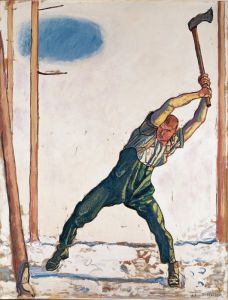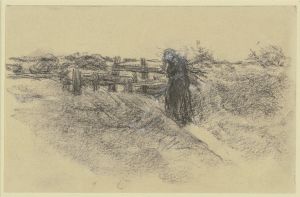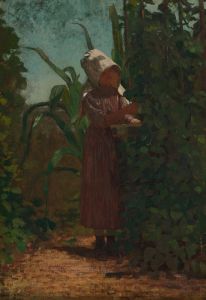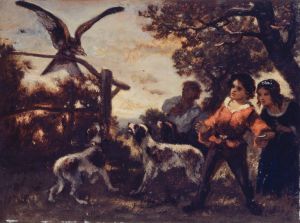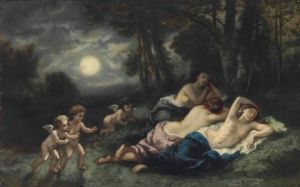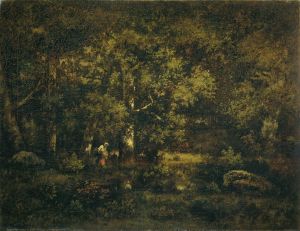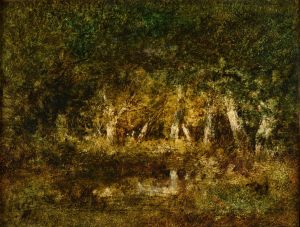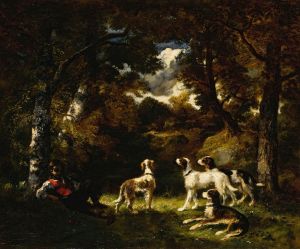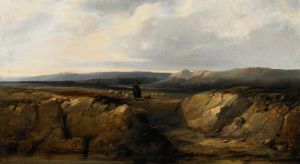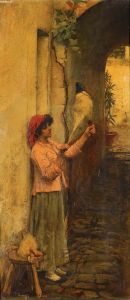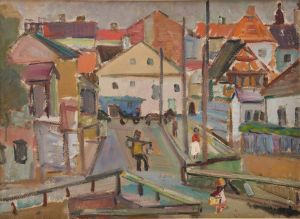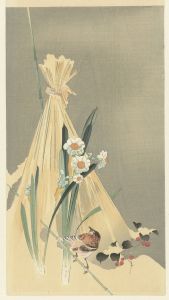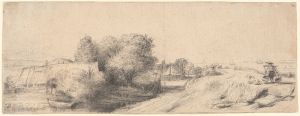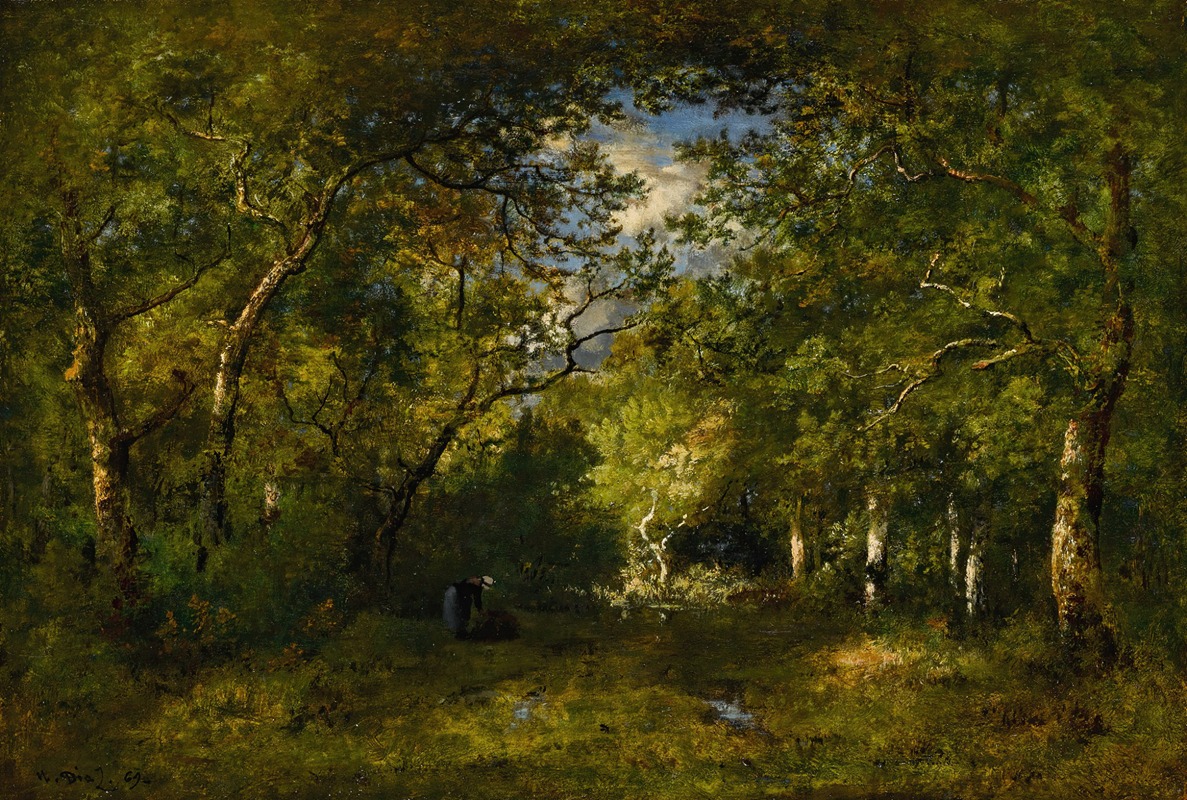
Allée En Forêt, Bûcheronne Courbée Sous Le Poids De Son Fagot, Traces D’eau
A hand-painted replica of Narcisse-Virgile Diaz de La Peña’s masterpiece Allée En Forêt, Bûcheronne Courbée Sous Le Poids De Son Fagot, Traces D’eau, meticulously crafted by professional artists to capture the true essence of the original. Each piece is created with museum-quality canvas and rare mineral pigments, carefully painted by experienced artists with delicate brushstrokes and rich, layered colors to perfectly recreate the texture of the original artwork. Unlike machine-printed reproductions, this hand-painted version brings the painting to life, infused with the artist’s emotions and skill in every stroke. Whether for personal collection or home decoration, it instantly elevates the artistic atmosphere of any space.
Narcisse-Virgile Diaz de la Peña was a prominent 19th-century French painter associated with the Barbizon School, a movement that emphasized naturalism and the depiction of rural landscapes. One of his notable works is "Allée En Forêt, Bûcheronne Courbée Sous Le Poids De Son Fagot, Traces D’eau," which translates to "Path in the Forest, Woodcutter Bent Under the Weight of Her Bundle, Water Traces."
This painting exemplifies Diaz de la Peña's skill in capturing the serene beauty and atmospheric qualities of the forest landscape. The Barbizon School, named after the village of Barbizon near the Forest of Fontainebleau, was known for its departure from the formalism of academic art, focusing instead on the natural world and the lives of rural people. Diaz de la Peña, along with artists like Jean-François Millet and Théodore Rousseau, played a crucial role in this movement.
In "Allée En Forêt," Diaz de la Peña presents a scene that is both tranquil and evocative. The composition features a path winding through a dense forest, with a female woodcutter depicted as she bends under the weight of a bundle of wood. This figure adds a human element to the landscape, highlighting the relationship between people and nature. The woodcutter's posture and the load she carries suggest the physical demands of rural labor, a theme common in Barbizon paintings.
Diaz de la Peña's use of color and light is particularly noteworthy in this work. The forest is rendered with rich, earthy tones, and the play of light filtering through the trees creates a dappled effect on the ground. This treatment of light and shadow not only enhances the realism of the scene but also imbues it with a sense of mood and atmosphere. The "traces d’eau" or "water traces" in the title may refer to the subtle depiction of moisture or wetness in the environment, adding another layer of realism to the painting.
The artist's technique in this painting reflects his broader style, characterized by a loose, expressive brushwork that captures the essence of the landscape rather than its minute details. This approach allows viewers to feel the ambiance of the forest and the quiet dignity of the woodcutter's labor.
Diaz de la Peña's work, including "Allée En Forêt," contributed to the growing appreciation of landscape painting in the 19th century. His ability to convey the beauty and complexity of nature influenced subsequent generations of artists and helped pave the way for movements like Impressionism, which further explored the effects of light and color.
While "Allée En Forêt" may not be as widely recognized as some of his other works, it remains an important example of Diaz de la Peña's contribution to the Barbizon School and his mastery of landscape painting. Through this piece, he invites viewers to contemplate the harmonious yet demanding relationship between humans and the natural world, a theme that resonates with the ethos of the Barbizon artists.





